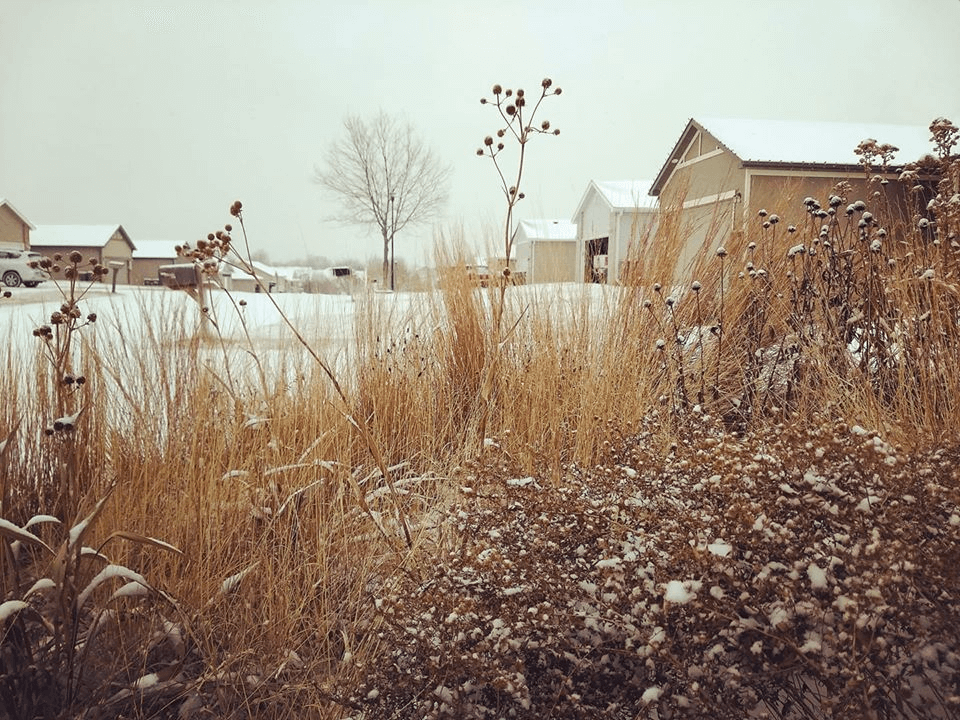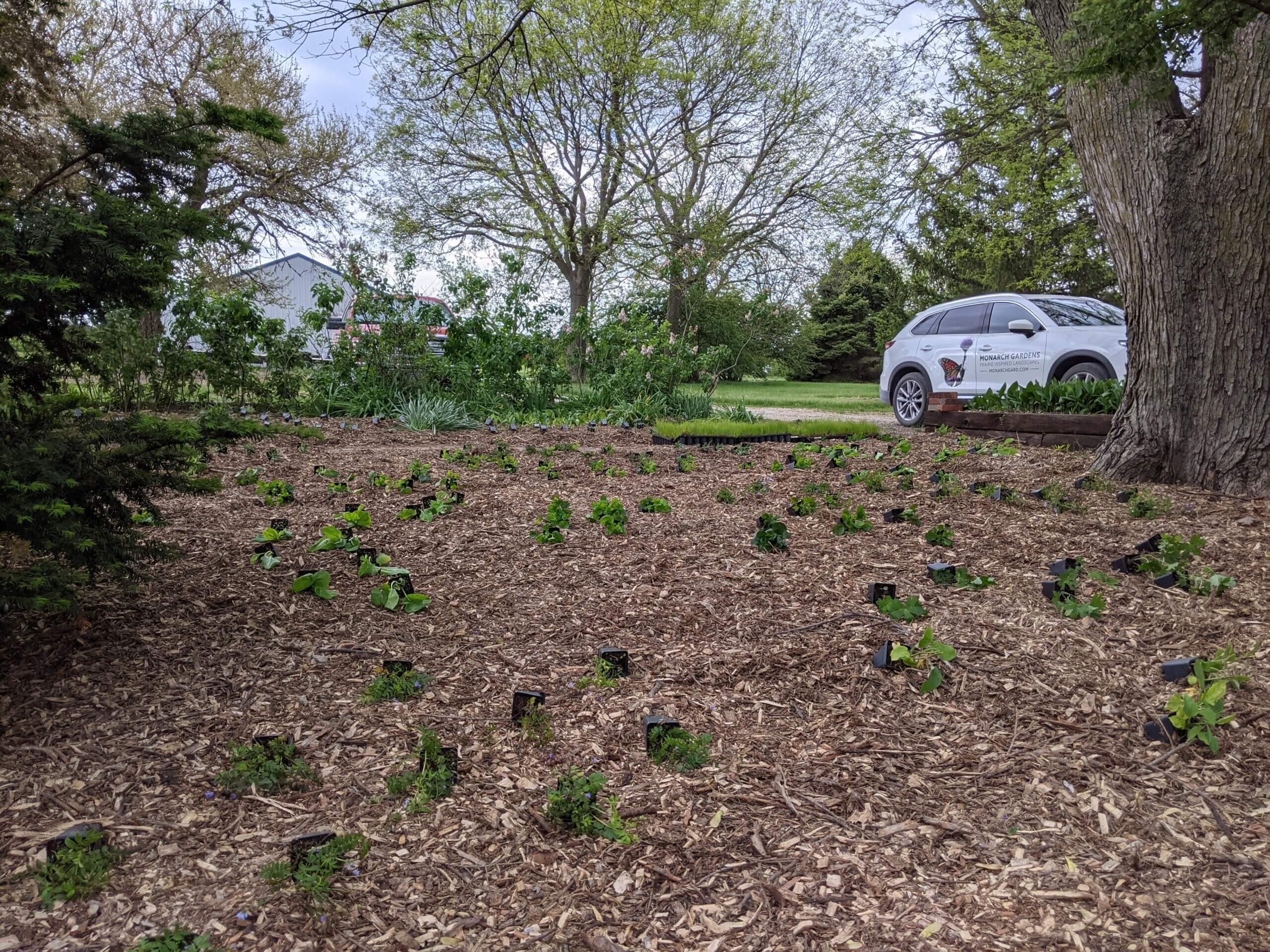
Why Winter Gardens Might Seem Ugly
Sometimes we might think a garden left standing over winter isn’t as pretty, even though we know the ecosystem value
Oh that’s a cool plant, stiff goldenrod, Oligoneuron rigidum. I wonder if that would work in my garden. Maybe it’s worth doing quick research via some reliable sources (10 minutes); even if those sources aren’t all in my ecoregion I’ll be able to make an approximation and decide if I should do further exploring. Let’s search by Latin name for the most accurate results — also, I’m naming my next kid Oligoneuron.
1) Prairie Moon Nursery
— Medium wet to dry soils, 4 feet tall (and wow, 41,000 seeds per ounce, so yeah, it puts out a lot of seed).
— On many sites Stiff Goldenrod can be a prolific self seeder. It does well in a broad range of soil conditions so on small sites or in home garden/landscapes removal of the seed head before the seed is ripe is preferable to weeding unwanted seedlings.
2) Prairie Nursery
— Clay, loam, sand, dry to medium soils, 3-5 feet tall
— Stiff Goldenrod self-seeds readily, which may not be desirable for smaller settings. Removal of the seed heads is a reliable way to control unwanted spread.
3) Lady Bird Johnson Wildflower Center
— Rigid goldenrod may be too aggressive for small areas and will need competition. It is a heavy self-seeder.
4) illinoiswildflowers.info
— The preference is full sun and moist to slightly dry conditions. This plant is not particular about soil, which can consist of loam, clay-loam, or gravelly material. There is a tendency to flop over during bloom if it is spoiled by fertile soil or too much water. Powdery mildew sometimes attacks the leaves. Drought resistance is good; some of the lower leaves may wither away in response. This plant is easy to grow.
— Many mammalian herbivores eat this plant, particularly during the early stages of growth and development. This includes the White-Tailed Deer, Cottontail Rabbit, Muskrats, and livestock. The latter tend to leave this plant alone when there are other sources of food available. Where cattle graze in open fields, this plant is known as an ‘increaser.’
5) USDA Plants database
— Stiff goldenrod is more palatable than other members of the goldenrod group but is still infrequently grazed. It behaves in a prairie as an invader, i.e. it tends to come into pastures in greater amount when the prairie has been weakened by grazing.
SUMMARY — sounds like this species might be too tall for my foundation bed, but most importantly, puts out a lot of seed that might establish more easily, especially with a lack of other plant competition (as is common in garden beds) and also since it sounds like it’s easily adaptable to a range of site soil types. So, could be a level 3 plant (1 stays put, 4 takes over). However, I would like to have a goldenrod, so might go check out some others, like Solidago speciosa.

Sometimes we might think a garden left standing over winter isn’t as pretty, even though we know the ecosystem value

Folks, the industry has us a bit duped on wood mulch. Here are some thoughts seeing as we constantly get
